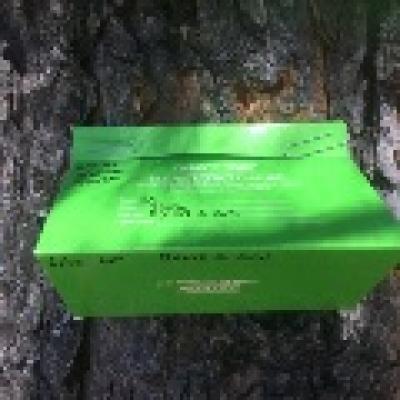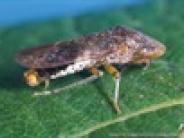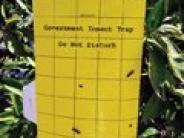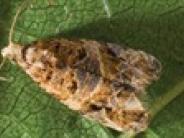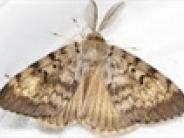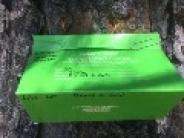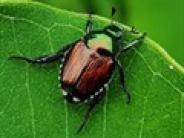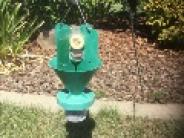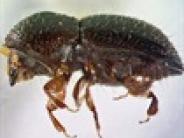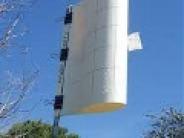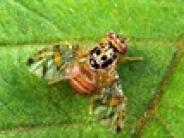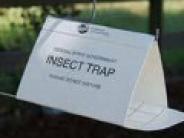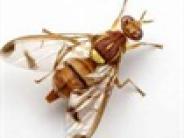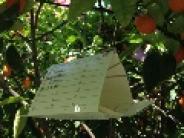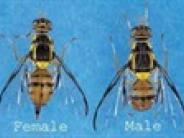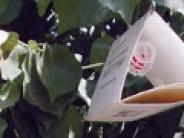Pest Detection
Despite regulations and best practices to keep them out, non-native insects sometimes invade California. The Shasta County Department of Agriculture conducts a comprehensive program to detect pests that may have inadvertently entered our county. Our goal is to identify and eliminate foreign pest populations before they become established.
Our early warning system uses a variety of insect traps placed throughout the county. These traps are designed to attract specific insects and are positioned in or near food sources, such as crape myrtle for glassy-winged sharpshooter, ripe fruit trees for Mediterranean Fruit Fly, or vegetable gardens for Melon Fly.
Visual inspections are also conducted on a continual basis throughout the county for prohibited weeds, vertebrate pests, and plant diseases.
You can help by volunteering your yard or garden as a host site for our trapping program. If you have accessible fruit trees or a vegetable garden, we would greatly appreciate your cooperation with our efforts. Traps remain at the host site for about 6 to 12 weeks, and are serviced every other week. If you would like to find out more, please call us at (530) 224-4949 or fill out the form below to register your yard online.
Pest Detection FAQs
Our insect trapping crew must check the traps weekly for potential invaders. If you have any concerns about a trap that has been placed in your yard please contact our office at (530)224-4949.
How long will this trap be in my yard?
Mediterranean Fruit Fly, Oriental Fruit Fly, and Glassy-winged Sharpshooter insect traps are placed in yards for 6 weeks and then rotated to another property. Melon Fruit Fly traps remain for approximately 10 weeks. Spongy moth and Japanese Beetle traps remain in place for the trapping season which runs from the end of May through Late August.
How often are the traps checked?
All insect traps are checked approximately every 2 weeks.
Do the traps contain any harmful substances?
Insect traps are baited with a harmless pheromone only attractive to the specific insect pest. In the Oriental and Melon fly traps, there is also a small amount of pesticide in the lure. This pesticide is similar to the type normally found in flea collars. It will only affect insects responding to the lure involved with these traps.
What should I do if I find the trap laying on the ground?
If you find an insect trap on the ground you can place it back in the tree and the trapper will fix it on their next servicing, or you can call the office at (530)224-4949 and we will send a trapper out as quickly as possible to fix the trap.
Below are the exotic insects that we trap for and an image of the trap type utilized for each insect. The fruit flies that are trapped all utilize the same type of trap. Click on each name of the pest under Web Links to direct you to the pest profile.

